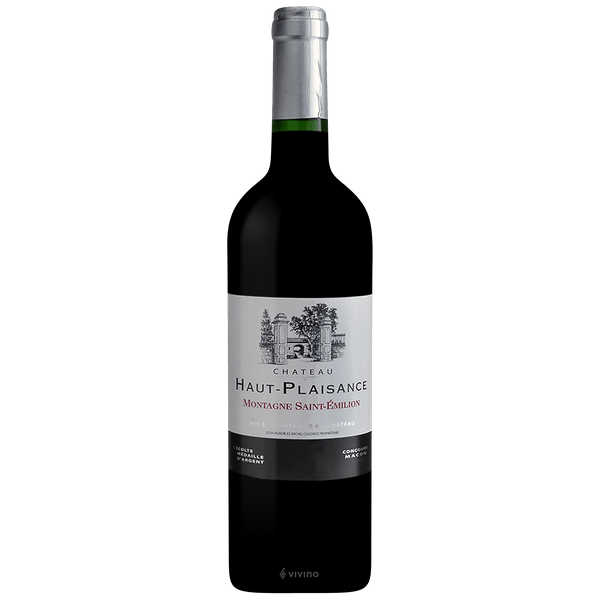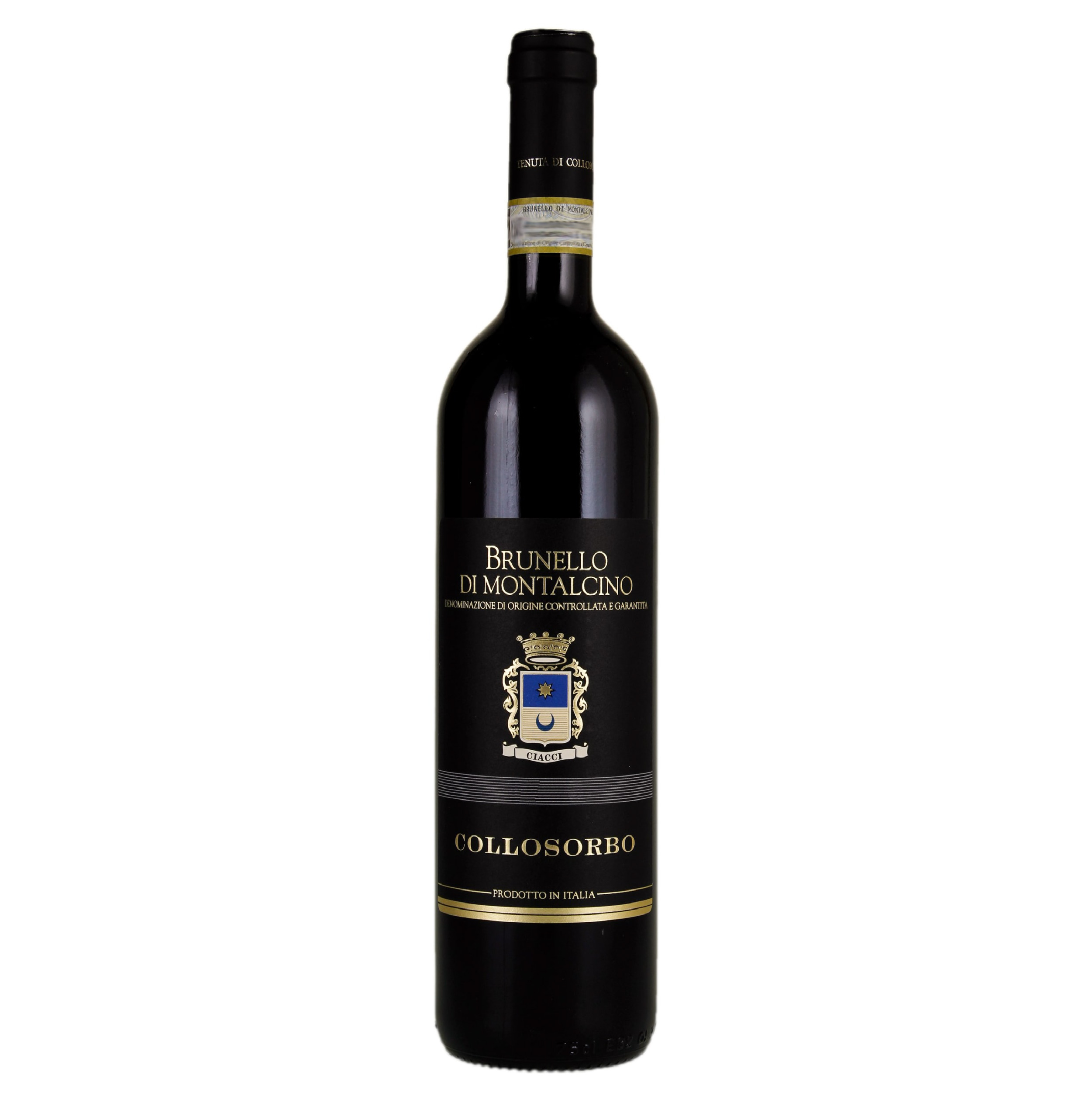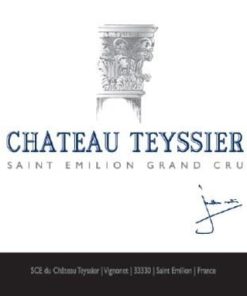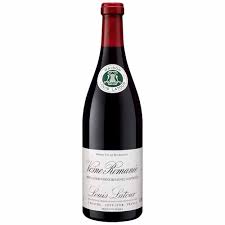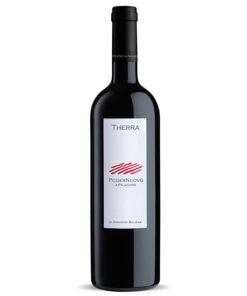2016 Chateau Haut-Plaisance Montagne Saint Emilion
$17.04
Out of stock
2016 Chateau Haut-Plaisance Montagne Saint Emilion
2016 Chateau Haut-Plaisance Montagne Saint Emilion A beautiful dark red color. Intense and complex, woody hints (smoke, burnt notes) mingling with ripe fruit scents. A supple attack surrounds this 2016 vintage followed by fleshy, silky-smooth tannins, making a most harmonious impression.
Bordeaux
Made predominantly from Merlot and Cabernet Franc, Saint-Émilion wines tend to have a rich, mouth-drying tannic structure, which is balanced by the more juicy characteristics of plum and black cherry fruit, along with chocolate and sweet spice, developing savory tobacco and cedar characteristics with age.
The best Saint-Émilion wines will exhibit a terrific mineral vein, the result of vines being planted on the region’s limestone escarpment. Vines planted on sandy soils tend to produce grapes that make lighter styled wines.
Situated on the right bank of Bordeaux, the region of Saint-Émilion can boast of producing the most diverse range of styles, partly due to differences in soil types, from gravel to limestone to sand, but also thanks to production variations and winemakers looking to make their mark.
Red wine
Red wine has been prevalent since prehistory (the period before written records) as winemaking originated and spread throughout the world. In this case, “red blend” refers to any red wine that contains more than one red grape variety in the final product, though certain red blends can have their own designation as varietal wines despite comprising multiple grapes.
For much of the history of European wine, red blends were in fact more common than single varietals, as winemaking was typically region-centric and featured grapes consolidated from vineyards across a given area. One famous example of this practice is the Bordeaux blend, which originated in the 18th or 19th century and usually comprises Cabernet Sauvignon, Merlot and Cabernet Franc.
Though prominent red blends such as Bordeaux still remain popular, many red blends have been associated with lower quality due to the assumption that the term indicates cheaper table wines. However, many high-quality wine producers still elect to produce red blends, and these wines can in fact offer many unique and delicious flavors due to the winery’s ability to custom design the profile of their product.”
Related products
Uncategorized
Wine from Bordeaux, France
Uncategorized
2016 DOMAINE DE L’OLIVETTE BANDOL 1.50L
Wines!
Uncategorized
SAVE 54% 93pts IWR 91 Decanter Magazine
